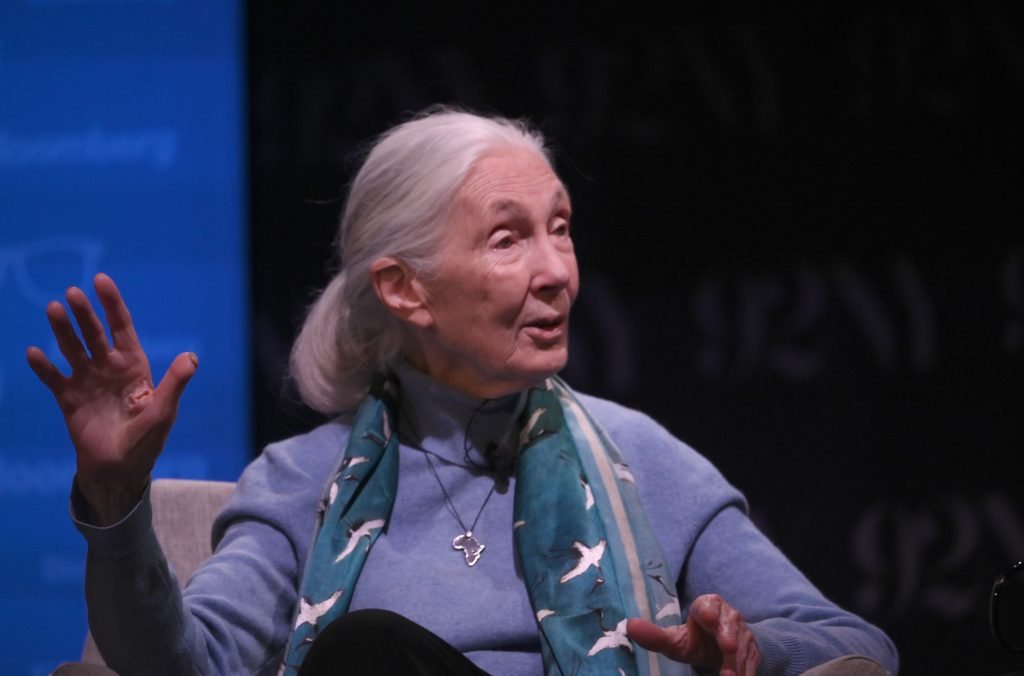largeto figure of woman and that of the scientist was always considered poles apart. A woman can be anything she wants, it is said, but her credibility in terms of science and the environment is often questioned. However, starting from Rosalind Franklin and from Rita Levi Montalcini We women have proven a lot, a lot
You may have already noticed this, but we often talk about it women in science even when referring to climate changes: events of which the “better sex” is not only a victim, but also primarily a carrier of solutions. We could write a book full of biographies of outstanding women in science, but perhaps that would not be enough.
Here are some names that can be a great inspiration:
- Jane Goodall, anthropologist and ethologist, has carried out 60 years of pioneering work. He was the first adult human to be accepted into a community of monkeys. He began the appeal: “Our planet is very sick, but man does not seem to want to change. But I’m not losing hope and I’ll explain why.” (His photo at top)
- Vandana Shiva, Indian scientist, environmentalist and activist, after studying Physics and a PhD she founded the Research Foundation for Science, Technology and Natural Resources Policy. It promotes biodiversity conservation and farmers’ rights. His books? They are works of art!
- Marika Branchesian astrophysicist at the Gran Sasso Scientific Institute, was involved in the discovery of gravitational waves and urges adults to help protect young children from fake news.
- Alessandra PraboliniGeneral Director of WWF Italy, with President Donatella Bianchi, leads one of the most well-known environmental associations in the world.

Cultures
The climate crisis affects women more: here’s why
Just to promote the figure of women in science and encourage many girls to throw themselves into the world of STEM, many initiatives have been born over the years. Among them, the most well-known one that connects Italy (and many other countries) with the United States is promoted by the US Department of State and is called “Hidden no more: Empowering Women Leaders in STEM” and is included in the wider and huge program IVLP – International Visitor Leadership Program, born in 1952.
In 2017, Hidden no More brought a group of 48 international women to the United States to participate in workshops and meet with organizations such as John Hopkins Applied Physics and Laboratory, National Geographic, and the Greena Davis Institute. Participants explored best practices for recruiting and training women and other underrepresented groups in STEM and learned how to institutionalize opportunities for women in their home countries.
It is precisely from the stories of these women and from programs like these that we must stop doubting: girls can do science, or rather: girls should do science! These are not “men’s” jobs and our contribution is fundamental.
Federica Gasbarro works with The Wom independently and is in no way associated with the advertisements that may appear in this content.

